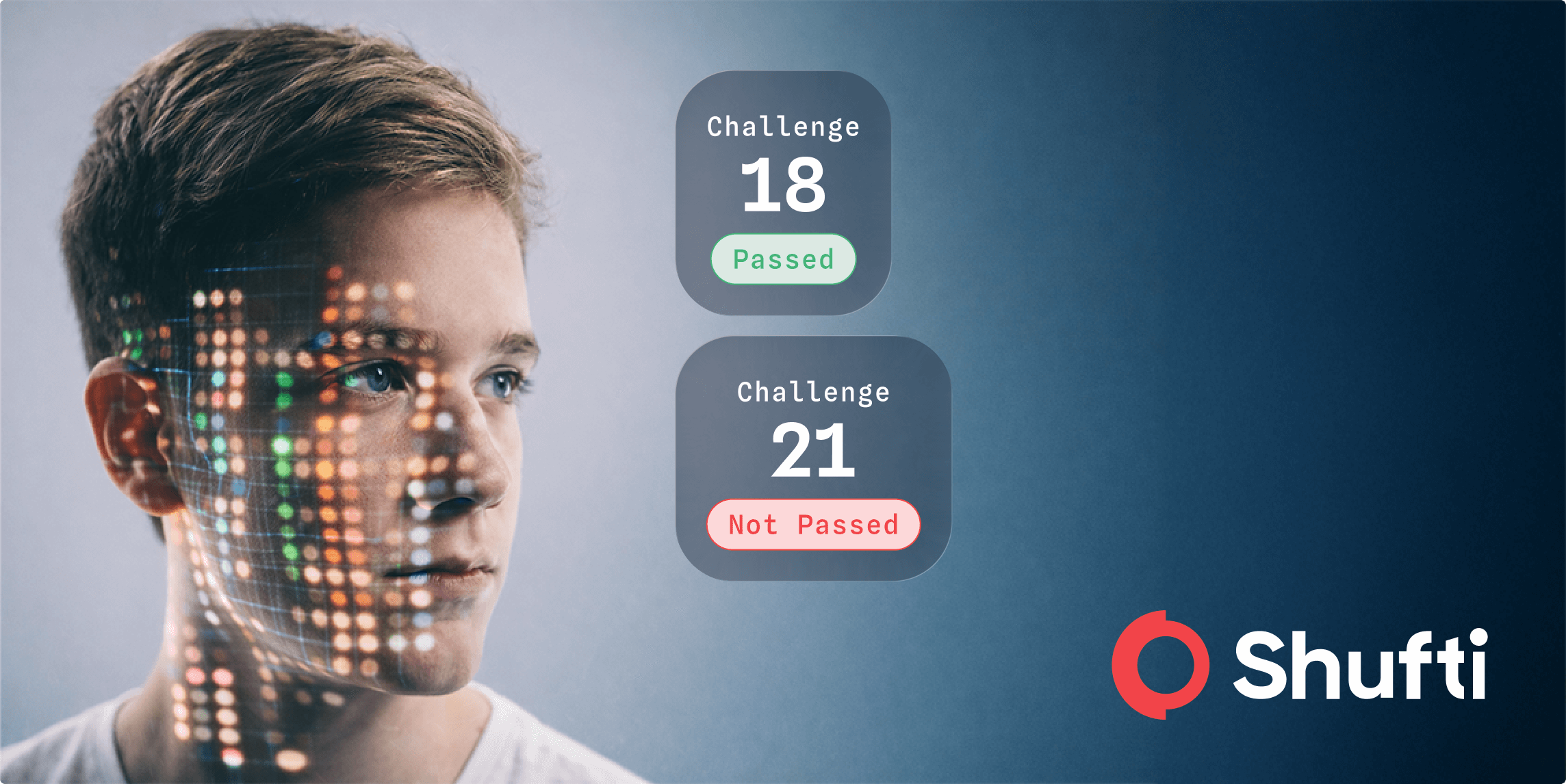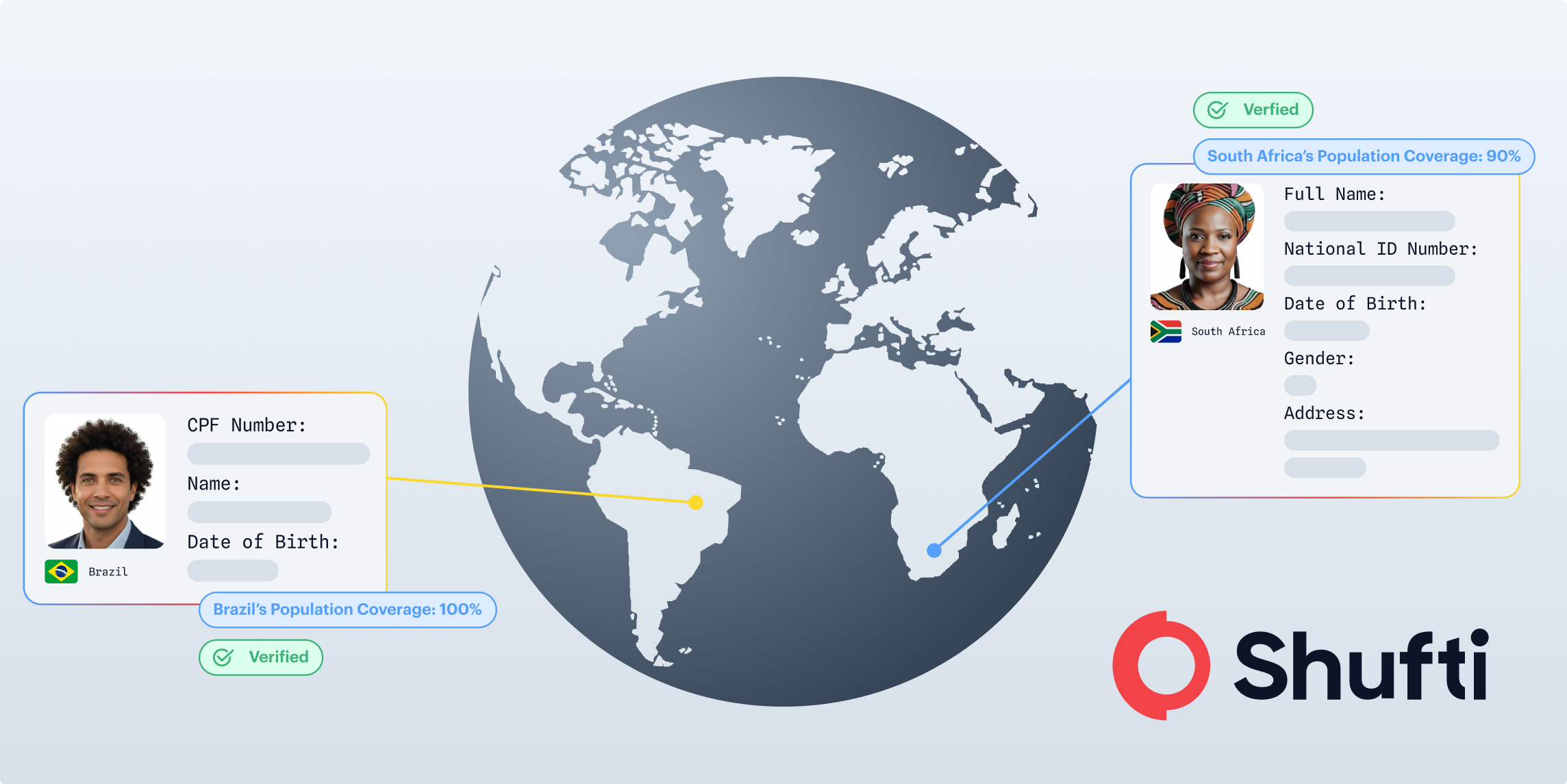Game Over: The Cost of Ignoring Age Assurance in Gaming

The global gaming industry’s reach is larger than ever, with an estimated 3.32 billion weekly video game players around the world. From solitary action-adventure games to massively multiplayer online strategy games and sandboxes that double as social platforms, the video game market has something for everyone. And that includes children.
An estimated 20% of gamers are under the age of 18, approximately 618 million people. While lots of these young gamers play under parental supervision at least part of the time, they frequently have unsupervised access as well. These children don’t necessarily know how to protect themselves online and can frequently encounter situations that are unsuitable for them, whether it be interactions from other players or in-game features that resemble gambling.
Countries around the world continue to attempt to keep up with this fast growing industry and implement proper age verification gates. These age verification measures protect children from inappropriate content and gambling-style features. It also ensures compliance with evolving laws across different countries. Most importantly, it demonstrates a commitment to ethical design and responsible online experiences.
The Age Verification Challenge Across Gaming Types
Age verification isn’t a uniform challenge across the gaming industry. Each segment brings its own risks and responsibilities when it comes to protecting minors.
Casual and Social Games
Casual and social games often have lightweight sign-up processes with age checks that are minimal, if they exist at all, making them easily accessible to minors. They frequently include gambling style mechanics like loot boxes and microtransactions designed to encourage real-world spending.
Weak moderation and limited age assurances can also expose children to inappropriate or adult content. Recent reporting by The Guardian on the gaming platform Roblox found what they called “a troubling disconnect between Roblox’s child-friendly appearance and the reality of what children experience on the platform.” Even with new controls being implemented, the report found that children’s accounts were still able to access environments that were deemed highly suggestive and that there were systemic failures to keep children safe.
eSports and Competitive Gaming
Competitive gaming and eSports tournaments often have age requirements set by major publishers, with rules that mandate minimum ages and parental consent for younger players. These policies create safer environments but are not consistently enforced throughout the industry.
Smaller online competitions and local events typically rely on self-reported ages with little verification, making it easy for minors to enter. The Esports Integrity Commission has described this as a “significant safeguard gap” that leaves children exposed to unsupervised communication and gambling-style prize structures. Their guidance urges organizations to adopt clearer, more reliable age verification measures to better protect young players.
Online Casino Games and iGaming
Online casino platforms and iGaming services are typically subject to stricter KYC requirements, with mandatory age verification designed to block underage gambling. Licensed operators must comply with these rules to maintain their legal status and consumer trust.
However, unlicensed or offshore sites often avoid these checks entirely, making it easy for minors to gamble without effective oversight. This creates a major regulatory concern, with governments and industry bodies increasingly focused on closing these gaps. Regulators are also encouraging the adoption of advanced solutions such as biometric verification to strengthen compliance and better protect young users.
Recent Regulatory Momentum
Australia
In 2024, Australia, where the legal gambling age is 18, strengthened its National Consumer Protection Framework for Online Wagering by introducing mandatory and enforceable age-verification requirements for virtual gambling accounts to prevent underage access. The Australian Communications and Media Authority (ACMA) has powers to investigate and enforce compliance with these tightened rules.
Australia also conducted a formal regulatory review in 2024 on loot boxes and in-game gambling features, examining age restrictions, parental controls, and purchase limitations. This review is expected to bring about further policy and legislative changes in the coming years.
Brazil
Law No. 14,852/2024, enacted in January 2024, mandates that digital services that are accessible to minors must be designed with “their best interests in mind”. In practice, this means that platforms must implement effective age-assurance mechanisms, restrict unauthorized in-game purchases by minors, and provide abuse-reporting systems.
This aligns with Brazil’s Child and Adolescent Statute, which establishes the age for participating in gambling-like activities, and makes online gaming and loot box features subject to much tighter controls. Enforcement includes administrative sanctions under consumer protection laws.
United Kingdom
The Online Safety Act 2023, which took effect October 2023, imposes new requirements on platforms that are commonly accessed by children. Services are required to complete Child Access Assessments, implement effective-age assurance, and conduct risk assessments for harmful conduct, including gambling features and promotions. Ofcom is responsible for enforcement and can issue fines of up to 10% of global turnover.
As of July 2025, platforms are expected to meet major compliance requirements, marking a key regulatory shift in online gaming and gambling services.
These developments highlight a clear global trend toward more robust, enforceable age verification throughout the gaming industry. Governments are making decisive strides to protect minors by mandating comprehensive age-assurance systems, signaling that tighter oversight of online gambling access is becoming the new regulatory standard worldwide.
The Move to Biometric Verification
Online gambling operators are increasingly turning to biometric verification to strengthen their age assurance systems and combat fraud. Through facial recognition and liveness detection, these systems confirm users are both real and of legal age while simultaneously offering a smoother onboarding process. This approach supports compliance with strict KYC regulations and is becoming standard for operators looking to deliver a safer, more responsible gaming environment.
Shufti’s Role and Solutions
Shufti’s Age Verification Solutions help gaming platforms balance increasingly strict regulatory demands with simple, player-friendly onboarding. The system uses a three-step “verification waterfall” approach that starts with AI-powered age estimation from a simple selfie, allowing most adult players to verify instantly without documents. For those near the age threshold, document and biometric checks ensure full compliance with local gambling and gaming laws. By reducing friction while blocking underage access, Shufti supports responsible gaming practices. Reusable age credentials also help returning players verify with a single click, helping operators improve conversions while keeping fraud at bay.
Final Thoughts
Age verification in gaming is a complex challenge with real consequences for young players and gaming platforms alike. Different types of games face unique challenges, whether it’s maintaining easy but safe access in social games or meeting strict compliance requirements in regulated gambling markets. As more countries establish clear rules and enforceable standards, companies will need solutions that confirm age without adding unnecessary friction. By adopting advanced verification solutions and prioritizing child safety, gaming platforms can demonstrate genuine leadership and help set a higher standard for the entire industry.
Learn more about Shufti’s Smarter age checks, powered by AI










